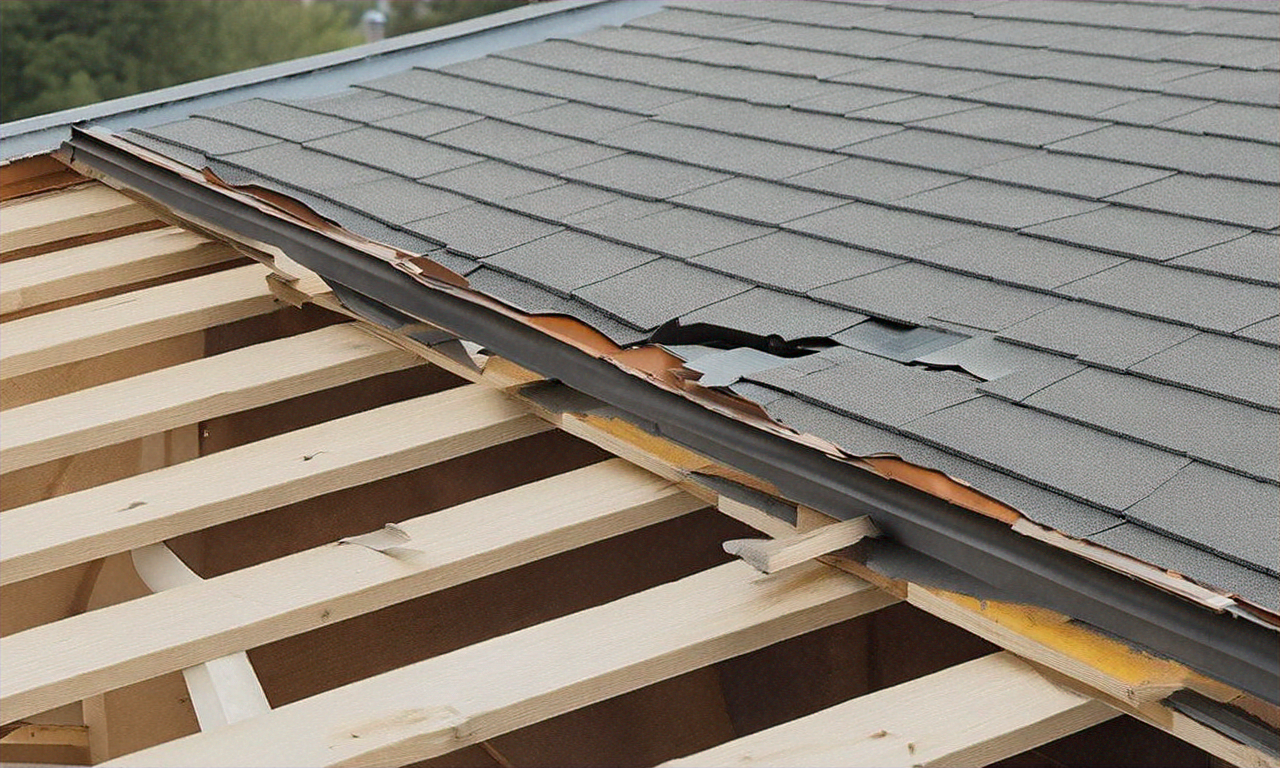Roof Waterproofing Essentials: Protect Your Home
Roof waterproofing is a vital but often neglected part of home upkeep. Learn how proper waterproofing shields your home's structure, stops leaks, preserves insulation, and can lower energy bills. This guide covers methods, signs you need service, inspection frequency, costs, and long-term benefits to help you protect your investment and avoid expensive repairs.

Roof Waterproofing Essentials: Protect Your Home
A watertight roof is one of the smartest investments a homeowner can make. Beyond keeping rain out, effective waterproofing safeguards structural elements, prevents mold, maintains insulation performance, and preserves your property’s value. This article breaks down common waterproofing approaches, how to tell when work is needed, expected lifespans and costs, and the energy-saving advantages of a properly protected roof.
Common roof waterproofing methods
There are several proven ways to waterproof a roof, and the best option depends on roof type, local climate, and budget. Liquid waterproofing membranes are popular because they create a seamless, flexible coating that conforms to irregular surfaces and seals joints. These liquids cure into a continuous barrier that resists ponding water and small movements in the substrate.
Sheet membranes are another widespread choice — materials like EPDM, TPO, or modified bitumen come in large rolls that are adhered or mechanically fastened to the roof deck. These systems are especially common on low-slope and flat roofs, where continuous coverage is key to preventing leaks.
For pitched roofs, traditional waterproofing relies on proper layering: a quality underlayment beneath shingles, careful installation of flashing around penetrations and valleys, and choosing durable shingles suited to local weather. Spray-applied polyurethane foams and specialized coatings such as silicone or elastomeric systems are also used to add waterproofing and sometimes insulating properties, particularly on commercial or flat residential roofs.
How often should waterproofing be performed and checked?
Timing depends on the material and the roof’s exposure. A good rule is to inspect your roof at least once a year and after major storms. Flat roofs usually need closer attention because they’re more likely to hold water. Many waterproof coatings and membranes have manufacturer-recommended reapplication windows:
- Routine inspections: annually
- Typical reapplication: every 5–10 years for some coatings, and 15–30 years for higher-end sheet membranes
Environmental factors like extreme sunlight, heavy rainfall, and temperature swings can shorten product lifespans, so follow the product guidelines and consult a roofing professional for a tailored maintenance schedule.
Signs your roof needs waterproofing
Early detection prevents costly interior damage. Watch for these common indicators:
- Water stains or discoloration on ceilings and walls
- Peeling paint or bubbling wallpaper in upper rooms
- Persistent mold or mildew growth inside the attic or on ceilings
- Missing, cracked, or curling shingles on pitched roofs
- Cracks, blisters, or soft spots on flat roof surfaces
- Areas where water pools and doesn’t drain properly after rain
If any of these appear, arrange an inspection promptly. Addressing issues early can stop structural decay, protect insulation, and avoid expensive repairs.
Can waterproofing improve energy efficiency?
Yes. Many waterproofing systems offer reflective or insulating properties that lower heat gain in summer, reducing cooling costs. Coatings with reflective pigments bounce solar radiation away, while spray foam systems add R-value that improves the thermal envelope. More importantly, keeping water out maintains the effectiveness of existing insulation — wet insulation performs poorly and can dramatically increase heating and cooling expenses.
What does roof waterproofing cost?
Costs vary by roof size, choice of system, and the condition of the existing roof. Professional waterproofing services typically range from $3 to $15 per square foot overall. While this is a broad range, it reflects differences between simple coatings and full membrane replacements.
| Waterproofing Method | Average Cost per Square Foot | Typical Lifespan |
|---|---|---|
| Liquid Membrane | $3 - $7 | 10-20 years |
| Sheet Membrane | $4 - $8 | 20-30 years |
| Spray Polyurethane | $4 - $6 | 15-20 years |
| Silicone Coating | $3 - $5 | 10-15 years |
Prices, rates, or cost estimates mentioned in this article are based on the latest available information but may change over time. Independent research is advised before making financial decisions.
Weighing cost versus long-term value
While upfront expenses can be noticeable, consider waterproofing as preventive maintenance that extends roof life, prevents interior damage, and protects structural components. A well-sealed roof cuts the risk of rot, mold remediation, and damaged finishes — all of which are typically far more expensive than routine waterproofing. Additionally, energy savings from reflective coatings or improved insulation retention can offset some of the cost over time.
Final advice and next steps
Start with an annual inspection and address visible issues promptly. When choosing a solution, balance initial cost, expected lifespan, and local weather demands. For most homeowners, investing in quality materials and qualified installation is the best way to protect both the roof and the home beneath it. Consult reputable contractors, compare quotes, and review warranties so you get a waterproofing strategy that fits your needs and budget. Proper maintenance today will save money and headaches down the road, keeping your home dry, efficient, and valuable for years to come.






